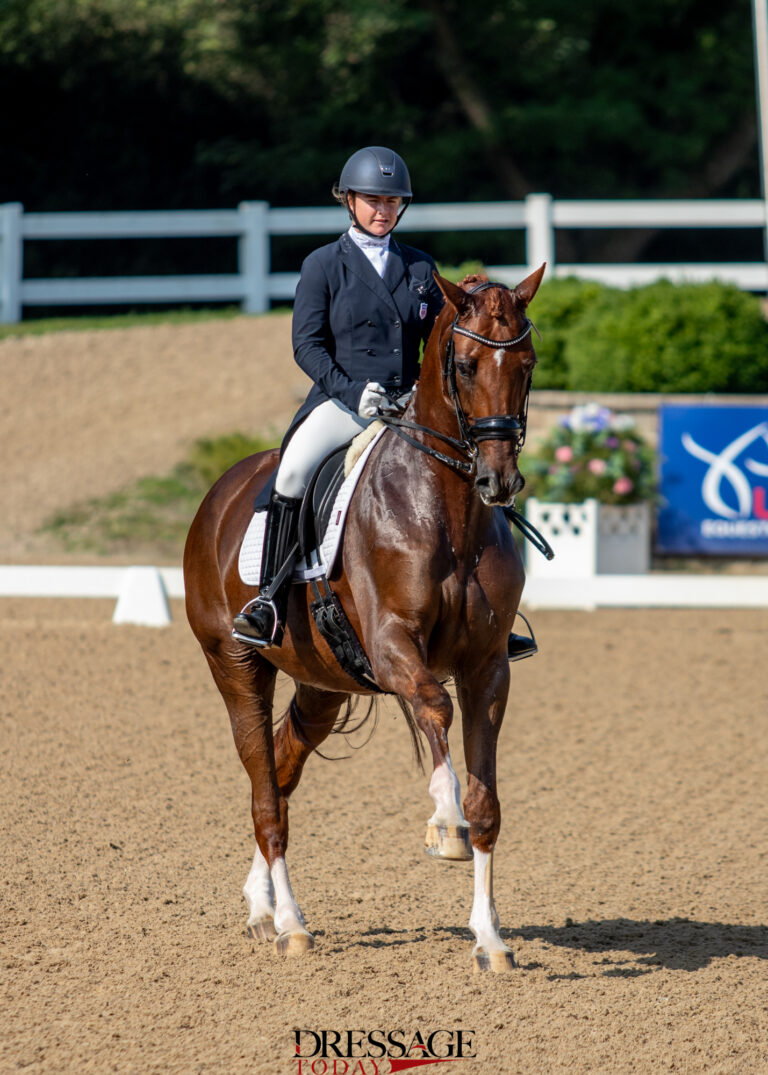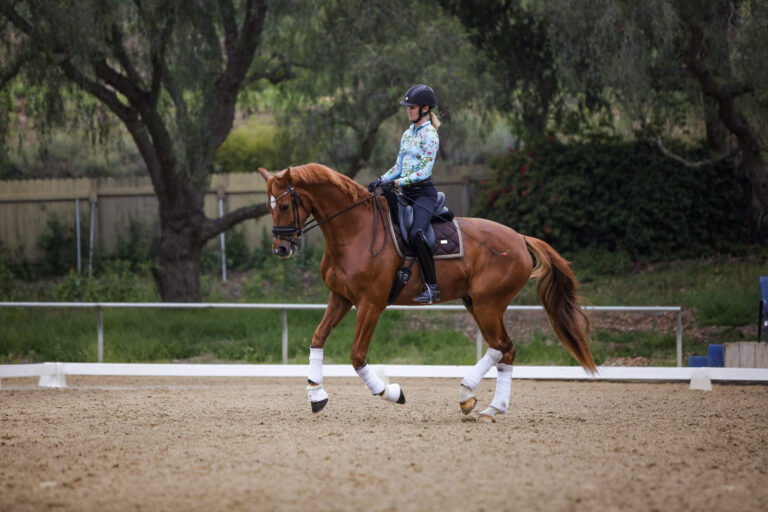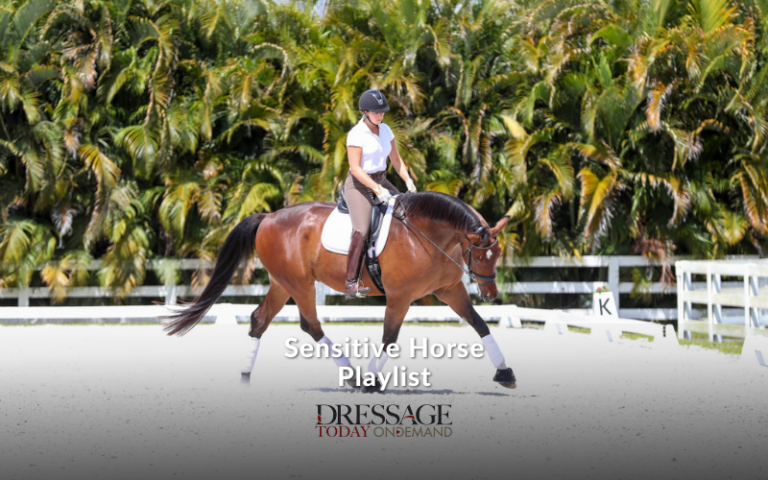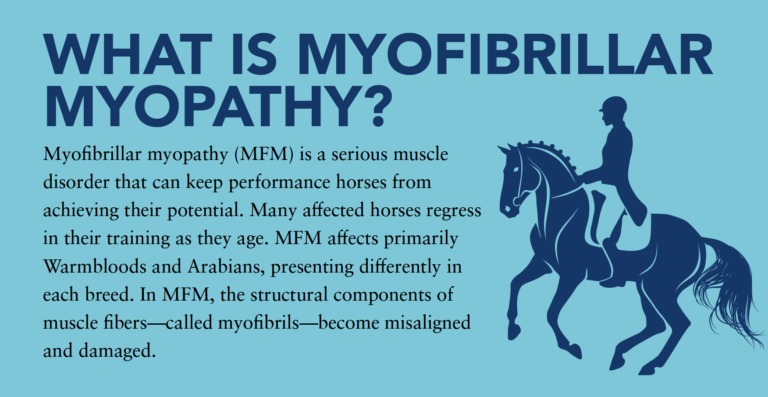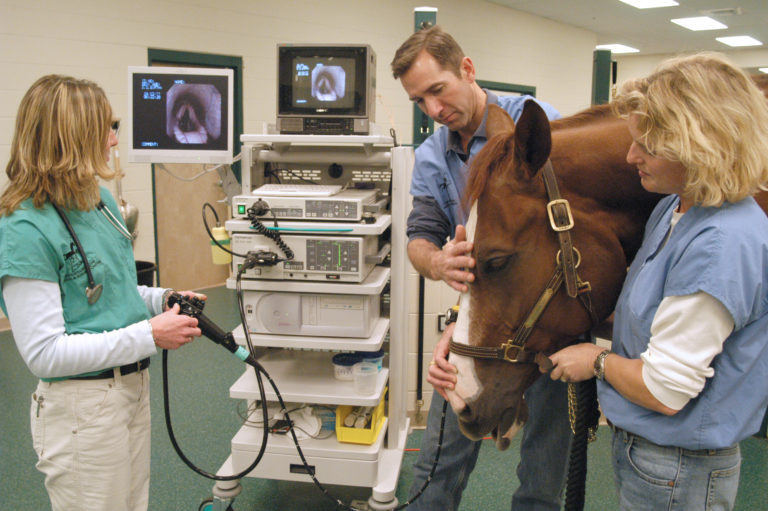In this series, top trainers tell how, at some point in their careers, they met their match and were temporarily stumped by a horse with issues that did not respond to ordinary measures. These tales are fascinating because most of us see only the finished product and assume the training went normally. The manner in which the toughest training challenge is resolved is always a lesson in patience, persistence and compassionate horsemanship.
My toughest training challenge occurred as I began a business partnership. The plan was to buy a horse in Denmark that I would train and sell. On my first trip, I went to a small farm on the recommendation of an old friend. I was allowed to spend $10,000, but the horse I liked best was more expensive than that, so I ended up buying a huge, gangly 5-year-old chestnut gelding named Monsieur. To this day, I am not really sure why I picked him, but I am glad I did.
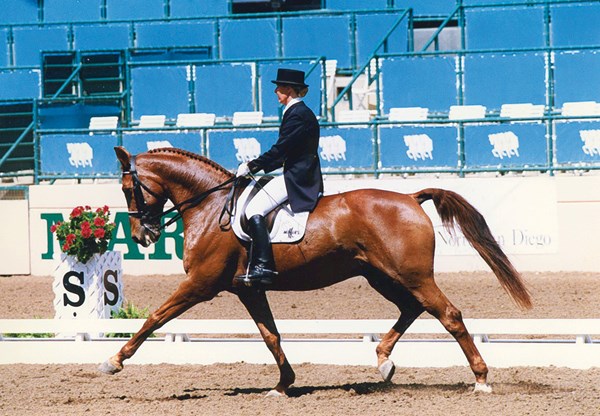
Once I got him home, I discovered that he was a complicated individual. On the one hand, he was strong-minded and, on the other, he was extremely insecure and fearful of just about everything. Sometimes he was hot and sensitive, other times, almost lazy. The first time I rode him at home, he effortlessly bucked me off. I asked him to pick up the canter, and the next thing I remember, I was standing in front of him with reins in my hand. He had established his authority right away. He never tried to get me off again, but I sure knew he could if he wanted to.
I was hoping that someday all that amazing power would come to good use. He did eventually develop wonderful extensions, passage and flying changes. Monsieur had a lot of pushing power, not quite so much sitting power. He had a strong sense of fairness, and I had to be patient when I was teaching him new things. I always had to find away to make him think it was his idea.
Once I started showing him, I had to go to the show grounds days in advance to make sure he became used to everything. If not, I had no chance of making it down centerline. I find that horses with what I call the “spooky gene” never really get over it. They will spook at imaginary things even at home, almost like a form of attention deficit disorder. They are not able to focus for too long. But horses like Monsieur that are truly afraid through insecurity can get over it, even though it takes a long time. The key is to get them to trust you so much that eventually you give them security, and they will go wherever you take them. I spent countless hours hand-walking Monsieur around dressage arenas at shows. I always made sure to place myself between him and the scary stuff so he would jump away from me and not on top of me if he became afraid.
I am a big believer in setting your horse up for success, and I knew if I tried to confront Monsieur while on his back, there was a good chance he would learn all the ways to get out of going near the places he was afraid of. For sure, I never wanted my 17.3-hand horse to learn to rear, and he never did. By doing so much hand-walking, he never learned to be really bad. He learned to trust that it was safe to go wherever I took him.
After I had a chance to show him everything at a new place, I would get on, and for the most part he was good. Eventually, he felt safe in the dressage arena, and I only had issues outside it. If I had trouble going by something at a show, I found I could always back him by it because he couldn’t see it. That came in handy at the Olympics. When I was going around the arena, getting ready to go down centerline, people started clapping, and Monsieur became frightened and headed for the out gate. The bell rang and I was running out of time. My only chance was to back him down the long side and then head down centerline. I am sure it made a great impression on the judges, but it worked. The second I headed him down the centerline, Monsieur relaxed and felt safe again inside the arena.
After quite a few years, I could take Monsieur almost anywhere and more or less count on him because he trusted me. Because I spent so much time with him on the ground, we formed a special partnership, and I think that was what made us so successful.
When I was at the U.S. Equestrian Team training sessions, the coach would always ride Monsieur, but it never worked out well. The other riders would line up to watch because they knew it would be entertaining. Monsieur’s favorite trick was to do hundreds of one-tempis rather than just cantering. It was rather embarrassing at times, but if he did it to make sure he wouldn’t be sold, it worked. I never got an offer on him. I think he was meant to be mine.
The only thing Monsieur never learned to deal with was awards ceremonies. At first, he was quite good, but one time we experienced a bad thunderstorm at Gladstone, and it was all over. All the horses got scared and started running wild. Monsieur became terrified and each time afterward, it just got worse. He was so bad that I almost wished we didn’t win a medal in the Olympics, just so I wouldn’t have to do the awards ceremony. For the most part, I was able to borrow other riders’ horses to survive the awards. I will never forget the ceremony at the Olympic Trials in Orlando. Just as I was ready to go in, my friend Anne Gribbons came up to me with another horse and told me to get off Monsieur. Anne was aware how dangerous he could be and had borrowed another horse for me. I remember watching Monsieur trotting back to the barn with Anne’s feet barely touching the ground. That was one of the nicest things anyone has ever done for me. I have seen other horses act suicidal in awards ceremonies. I hope someday mounted awards will be a thing of the past or at least be optional for the rider. In some cases, it’s just too risky.
I think the most important thing Monsieur taught me was to always set my horses up for success. There are many ways to do this:
• When you are teaching new movements to a horse, don’t be greedy. Be happy with very little while the horse is learning. Praise any effort or a good reaction.
• Never ask for more than the horse can comfortably do, so he can feel successful. When you are teaching flying changes, don’t be in a rush to do tempis. Always try to quit the tempis before the horse makes a mistake. Ask for a change only if you have the horse in a great balance and give him every chance to do it right.
• When you are teaching piaffe and passage, be happy with a few good steps, so the horse doesn’t get fatigued and muscle-sore. The same goes for pirouette work. It is always better to get a few steps of really good quality rather than a lot of mediocre steps.
• Let’s say you have a horse schooling Third Level, but the flying changes get him tense and nervous. In my opinion, you should wait to show Third Level until the horse is relaxed in the changes. If not, he will anticipate them and the entire show experience will be full of tension.
• The same applies if you have a horse that is schooling all the Grand Prix movements, and you can’t wait to get him in the show ring. My experience is that if you show Grand Prix before the horse is really strong physically in all the movements, you will teach your horse all the ways he can get out of doing the hard work, especially piaffe and passage, in the test. Once that happens, it is an uphill battle, and you might never fully recover.
• In my opinion, you should show at a level below the one in which the horse is schooling, so showing is easy for him and doesn’t create stress. That goes for the rider, too.
If you always set your horse up for success, you will have a confident horse that trusts you and will try hard for you.

Charlotte Bredahl-Baker, on Monsieur, won a team bronze medal at the 1992 U.S. Olympic Games and a team silver medal at the North American Championships in 1997 on Lugano. She trained both horses to Grand Prix and has trained other horses and students successfully through the levels. She is a U.S. Equestrian Federation (USEF) “S” and FEI (Fédération Equestre Internationale) “C” dressage judge. In 2008, she was a selector for the Hong Kong Olympics and in 2010 for the World Equestrian Games in Kentucky. From 2009 through 2011, she is the featured clinician for the USDF Adult Clinic series. She also serves as a member of the USEF High-Performance Committee. Find out about her newest project at dressageretreats.com.


